|
0 Comments
PPG’s Dover paint and coatings plant hosts students and teachers to mark National Manufacturing Day10/5/2017 by Mark DiMaio
On Wednesday, October 4, the PPG Dover plant marked National Manufacturing Day (October 6, 2017) by welcoming Dover High School students that participate in the Delaware Technical Community College’s Advanced Manufacturing Pathways Program to the facility. The students, along with instructors and representatives from the Delaware Manufacturing Extension Partnership (DEMEP), toured PPG Dover and heard presentations about the plant’s processes and products. “National Manufacturing Day is exciting for PPG because it presents an opportunity to show students and community members what a manufacturing plant is really like,” said Neal Nicastro, PPG plant manager, Dover. “We will educate the students about the advances in science and technology that have transformed manufacturing into a great industry with many career options.” This is the PPG Dover plant’s fourth year hosting an event with local students for National Manufacturing Day - an initiative organized by the National Association of Manufacturers (NAM) to address the skilled labor shortage, connect with future generations of manufacturers and ensure the success of the manufacturing industry. The PPG Dover facility, which employs approximately 80 people, makes interior and exterior paint for residential and commercial applications under the OLYMPIC®, PPG PITTSBURGH PAINTS® and PPG PORTER PAINTS® brands. 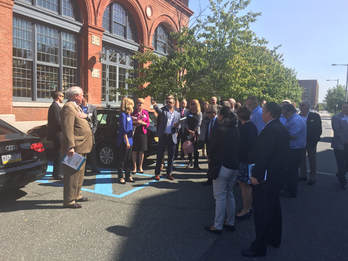 This past spring, Governor John Carney and the Delaware legislature put in place two key foundations for economic development: Modernizing the Coastal Zone Act and the Delaware Prosperity Partnership, the new public/private nonprofit responsible for recruiting new employers to the state. In addition, the City of Wilmington is undergoing the creation of a master plan to help revitalize Delaware’s corporate hub. An example of such a transformation lies just 20 miles to its north. On Monday, September 11, The Delaware State Chamber hosted a trip to the Philadelphia Navy Yard. The Urban Land Institute has hailed the venture as one of the “most successful” redevelopment projects in U.S. history. The Navy Yard is a 1,200-acre urban development, offering the Philadelphia region a mixed use and centrally-located waterfront business campus. The Navy Yard is home to more than 13,000 employees and 152 companies representing industrial, manufacturing, office and research, and development sectors. To date, the Navy Yard has developed 7.5 million square feet of real estate in a mix of historic buildings and new high-performance and LEED® certified construction. Since 2000, more than $1 billion has been invested to transform the site into a world class location for corporations like GlaxoSmithKline, Urban Outfitters and Tasty Baking Company. The PIDC (formally known as the Philadelphia Industrial Development Corporation) is Philadelphia’s public-private non-profit economic development corporation founded jointly by the City of Philadelphia and the Greater Philadelphia Chamber of Commerce in 1958. The PIDC serves as master developer, and oversees all aspects of the Navy Yard’s management and development, including master planning, leasing, property management, infrastructure development, utility operation, and the structuring of development transactions. Reed Lyons, Vice President Navy Yard Development, led our tour and pointed out that the Navy Yard had no public infrastructure when the U.S. Navy handed the site to Philadelphia. The Navy Yard transformation started with little but a vision, and 20 years later that vision has become a success story. Mike Vanderslice, Environmental Alliance, Inc. and Chairman of the DSCC Economic Development Committee, says, “From an economic development perspective, I appreciated what our friends at the Navy Yard had to offer for what's 'working' and lessons they've learned as they continue to develop the historic waterfront area. Being in the environmental consulting field, it was impressive to see how far they have taken this former heavy industrial, blighted area, and turned it around into a vibrant campus for businesses.” Link to Urban Land Institute’s article on the Navy Yard: https://urbanland.uli.org/development-business/historic-rehab-philadelphias-navy-yard/ Link to the Navy Yard: www.navyyard.org  by Michael Smith University of Delaware Director Strategic Initiatives/Partnerships, College of Health Sciences Tuesday morning, August 22, we topped off the new Tower on the University of Delaware’s STAR Campus. Many in the business community are used to the groundbreaking and the ribbon cutting, but the top off is something that is extra meaningful for UD. Historically, this started with the Scandinavian religious rite of placing a tree atop a new building to appease the tree-dwelling spirits displaced due to construction. Today, the top off symbolizes community, partnership, research, education and innovation. UD’s impact goes beyond the classroom and today this top off showcases our commitment to Delaware’s future and the impact the University of Delaware will have on economic development for the state of Delaware. This is a milestone moment for the community, University of Delaware and the state, as we continue to transform the former Chrysler Manufacturing plant into a new hub that mixes research, education and industry into the innovations of tomorrow. The College of Health Sciences will occupy floors 2-7. Floors 8-10 will be spec space for outside companies. There will also be ground floor space available for amenity businesses. The college space will include a 300-person auditorium for events and classes, demonstration kitchen, child nutrition lab, and sleep lab. It will also house augmented reality and simulation space, innovation and maker space, research space, conference rooms and office space. The Tower will create a unique environment for the collision and collaboration of industry and partnering organizations that will drive economic development for the state of Delaware. The Tower will open August of 2018. Come see it for yourself. As we inspire, impact and innovate, we need you to partner, dream and collaborate with us to drive STAR Campus, UD and the state of Delaware forward. The sky is the limit! by Mark DiMaio
Delaware’s Medicaid enrollment continues to rise. Since 1999, Medicaid enrollment has grown from just under 100,000 to over 230,000. The growth has put a tremendous strain on Delaware’s budget. To combat Medicaid’s growth, it’s imperative that new jobs are created in Delaware. While some job sectors have grown, or at least stabilized, over the last 15 years, Delaware’s manufacturing sector has decreased by 12,000 jobs to 28,000. The decline mirrors much of what has taken place nationally, but over the past six years, Delaware’s manufacturing sector decline has slightly outpaced the national trend. Manufacturing employment can create not only well-paying jobs, but drive employment in the job sectors that service those businesses. Taking steps, like modernizing the Coastal Zone Act (CZA) could attract new business and jobs to Delaware. The State Chamber is working with stakeholders to modernize the CZA and enhance Delaware’s manufacturing climate. Medicaid spending isn’t the only state expenditure growing at a significant clip. In former Governor Markell’s final State of the State address, he points out that the current spending on state employee health care isn't sustainable. According to Governor Markell, Delaware’s cost estimates, with no increase in state or employee retiree contributions, would result in the state facing a deficit of $484 million by 2022. The continued growth in Medicaid spending, combined with a steep increase in employee health care costs, presents Delaware with a substantial problem. More jobs, especially manufacturing jobs, should help decrease the state’s Medicaid population. Bending the cost curve for state employee health care expenditures will require more than negotiations with service provides. Some measure of additional state employee contributions needs to be considered. An increased share of employee health care contributions is already a reality for most Delawareans. The Delaware State Chamber of Commerce held its annual Legislative Brunch & Manufacturing Conference on Tuesday, March 21, 2017. We thank the event’s presenting sponsor, Delaware Manufacturing Extension Partnership, and host sponsor, Delaware Technical Community College. The event, held at DTCC’s Terry Campus in Dover, welcomed 250 guests and began with exhibitors and networking in the morning, followed by a manufacturing-focused panel discussion.
The manufacturing session’s panel focused on “Building the Manufacturing Pipeline” by way of Delaware’s Pathways to Prosperity program. Panelist Heath Chasanov, Superintendent of Woodbridge School District, shared the success the program has had in his district. His sentiments were supported by a Manufacturing Pathway student from Woodbridge High School, who communicated her experience in the program, obtaining various accreditations, building a strong foundation for her career, and her passion for using her manufacturing skills in the agricultural industry. Kuehne Chemical Company Plant Manager, Alan Rogers, gave employer insight to the importance of the Pathways Program and how it’s not just the technical skills, but also the soft skills, that the students are bringing to the workplace that is impressive. Mary Ann Pacelli, Manager of Workforce Development, Manufacturing Extension Partnership, NIST offered a national perspective, sharing that while Delaware is not alone in its challenges in growing and sustaining the workforce pipeline, it certainly has a model that is effective and worthy of replication. The panel was moderated by Paul Morris, Assistant Vice President, Workforce Development at Delaware Technical Community College. A question and answer session followed with great discussion about growing the program, and encouraging diversity within enrollment. Governor Carney gave the keynote address, during which he spoke to some areas of key concern, including the State’s budget shortfall; the effects of Delaware’s population, which is both increasing and seeing a significant rise in the retirement-age demographic; and, to further support the morning’s panel, the need for skilled workers in a growing manufacturing industry. The Governor touted Delaware’s size as its greatest asset in overcoming the trials ahead, namely in being able to work together, be it across party lines to push business-friendly legislation, or across the street to partner with a nearby organization, school or business. Also announced at the event was the Frank Masley Memorial Scholarship Program, to support students pursuing careers in engineering, manufacturing, and entrepreneurship. The scholarship honors the late Frank Masley of Masley Enterprises, and his perseverance, commitment to excellence, and many achievements. Donations to the endowment fund can be made by check made payable to the DTCC Educational Foundation (‘Frank Masley Memorial Scholarship’ in the memo line), P.O. Box 897, Dover, DE 19903; or online at www.dtcc.edu/makeagift (‘Frank Masley Memorial Scholarship’ in Special Donor Instructions box). The Chamber would like to thank the following organizations for their support: Presenting Sponsor DEMEP; Gold Sponsors Bank of America and Delmarva Power; Silver Sponsors Agilent Technologies, Chemours, Delaware Economic Development Office (DEDO), and Kuehne Company; Bronze Sponsors Advanced Power Products & Solutions, Inc., Associates International, AstraZeneca, Delaware City Refining Company, Delaware Electric Coop, Dow, Edgewell Personal Care, Item Mid-Atlantic, LegalShield, Mountaire, NIIMBLE, PPG, and W. L. Gore; and Media Sponsor Delaware Business Times. by Mark DiMaio
In 2000, Delaware had a 65+ population of 103,000 and by 2015, the 65+ population had grown by 56,000 to 159,000 people. During the same time period, the state’s health care employment had grown from the third largest employment sector (40,000) to the largest sector with 70,000 jobs. The growth of health care employment is keeping pace with not only our 65+ population growth, but with the state’s overall population growth. Delaware’s growing aging population is likely to spur continued growth in the health care job sector. Over the past 15 years, Delaware's finance job sector has hovered around 48,000 jobs, but our manufacturing sector has decreased by 12,000 to 28,000 jobs. Delaware’s manufacturing job sector decline mirrors much of what has taken place nationally. But over the past six years, Delaware’s manufacturing sector decline has slightly outpaced the national trend. It’s wonderful that our health care job sector continues to grow, but Delaware needs to keep a diverse employment environment, and manufacturing jobs need to play a key role. A study by Ed Ratledge, Director of the Center for Applied Demography & Survey Research at the University of Delaware, points out that Delaware’s General fund expenditures will outpace the state’s revenue collection, and forecasts a gap to continue beyond 2020. While Delaware’s employment picture has greatly improved since 2008, manufacturing jobs have been slow to return. Growth in the manufacturing sector is critical to a prosperous Delaware. Manufacturing employment can create not only well-paying jobs, but drive employment in the job sectors that service those businesses. The Delaware State Chamber of Commerce is committed to working with stakeholders to revitalize Delaware’s manufacturing sector and drive economic growth. Diversified economic growth is essential to building a thriving Delaware economy. by Chip Rossi
DSCC Chairman of the Board The Delaware State Chamber of Commerce Board of Governors met with the candidates for the special election in Senate District 10. Both candidates shared their thoughts on how to turn Delaware’s economy around and improve education. Each acknowledged that Delaware’s economy and budget should be the primary focus of the Delaware General Assembly and the Governor – and need to be addressed. After the presentations, the Chamber’s Board of Directors discussed if the Chamber should endorse a candidate. Both candidates presented well and focused their remarks on many of the things the Chamber advocates for every day, including the growth of small business, infrastructure, good jobs and safe, healthy communities throughout the state of Delaware. Our focus quickly shifted from the candidates themselves to what this election means long-term for Delaware. The spirited discussion that followed highlighted the importance of a change election if Delaware is to improve its political and economic standing. We find ourselves, year after year, facing budget deficits that underscore a fundamentally broken system and legislative remedies that are too often short-sighted. Given the urgency of the moment, the questions raised by the Board included:
For all the reasons stated above, this district election has statewide impacts. The answers to these questions, and others, are critical if Delaware is going to succeed as a place where businesses want to relocate or expand, where families want to raise their children, and where those children don’t have to leave our state to find gainful employment. On February 25th, the voters in the 10th Senate District have an opportunity to consider these questions and determine the path forward. Read coverage of this piece in The News Journal here. by James DeChene
A reminder for residents of the 10th Senate District, as if you needed one with all the mailers, ads, door knockers and other campaign activities blanketing the area, that the special election is Saturday, February 25th. The Chamber’s Board of Directors message on what we feel voters should focus on can be best summed up as:
by Mark DiMaio
On Monday November 28th, Delaware Technical Community College, Delmarva Power and Exelon hosted a “Partnerships for Pathways” event at DelTech’s Sustainable Energy Training Center (Stanton Campus). The event featured guest speakers Governor Jack Markell, Governor-elect John Carney and Exelon’s David Velazquez. Gary Stockbridge, President, Delmarva Power moderated a panel discussion highlighting the Pathways to Prosperity program’s newest education tract – the energy efficiency pathway. The new pathway provides Delaware high school students the opportunity to learn competencies and skills to succeed in the expanding energy efficiency industry. Students enrolled in the energy efficiency pathway will learn terminology and concepts in the classroom. A key component of the training is applying learned concepts and this spring, students will gain hands on experience at Delaware Technical Community College’s energy laboratories. Delmarva Power provided a $720,000 donation to partially fund the new energy efficiency pathway. The new pathway will help fill the local demand for jobs in energy efficiency industry. During the panel discussion, David Small, Secretary of Delaware Natural Resources and Environmental Control, stated that 250 sector jobs could be created the next few years. The Delaware Pathways to Prosperity program now offers 12 career training programs, including culinary arts, manufacturing, finance and computer networking and programming, with over 5,000 students participating in the programs. The Pathways to Prosperity program kicked off just two years ago with major support from the Delaware Manufacturing Association and Delaware State Chamber of Commerce members. |
Archives
April 2024
Categories
All
|
|
Copyright Delaware State Chamber of Commerce, Inc. All Rights Reserved.
PO Box 671 | Wilmington DE 19899 Phone: (302) 655-7221 | dscc@dscc.com | sitemap |
|

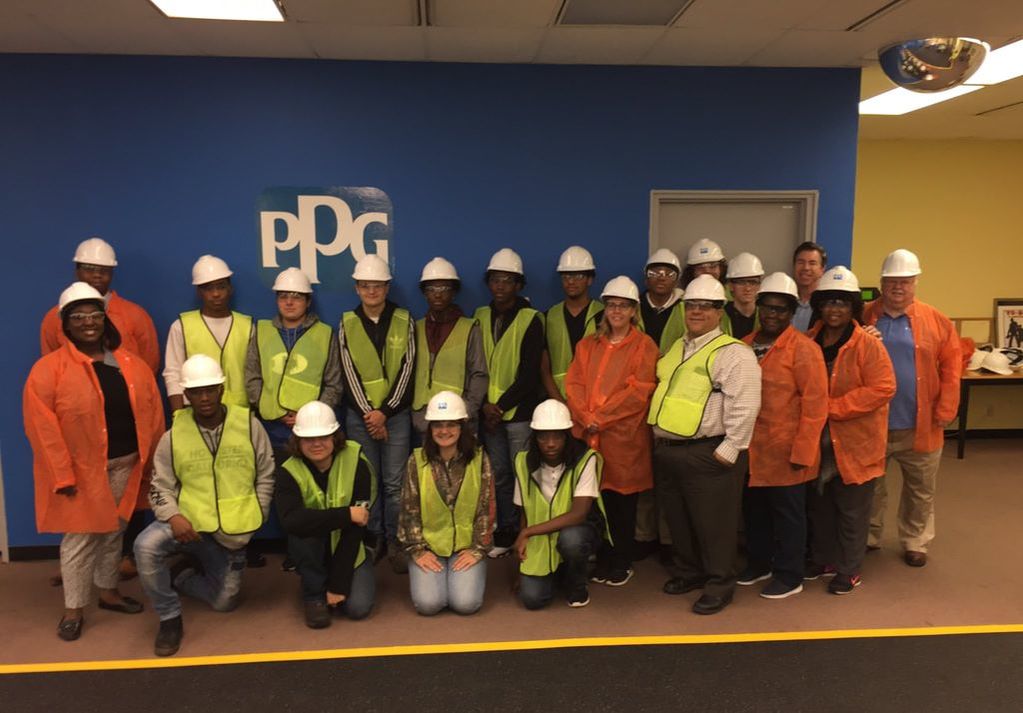
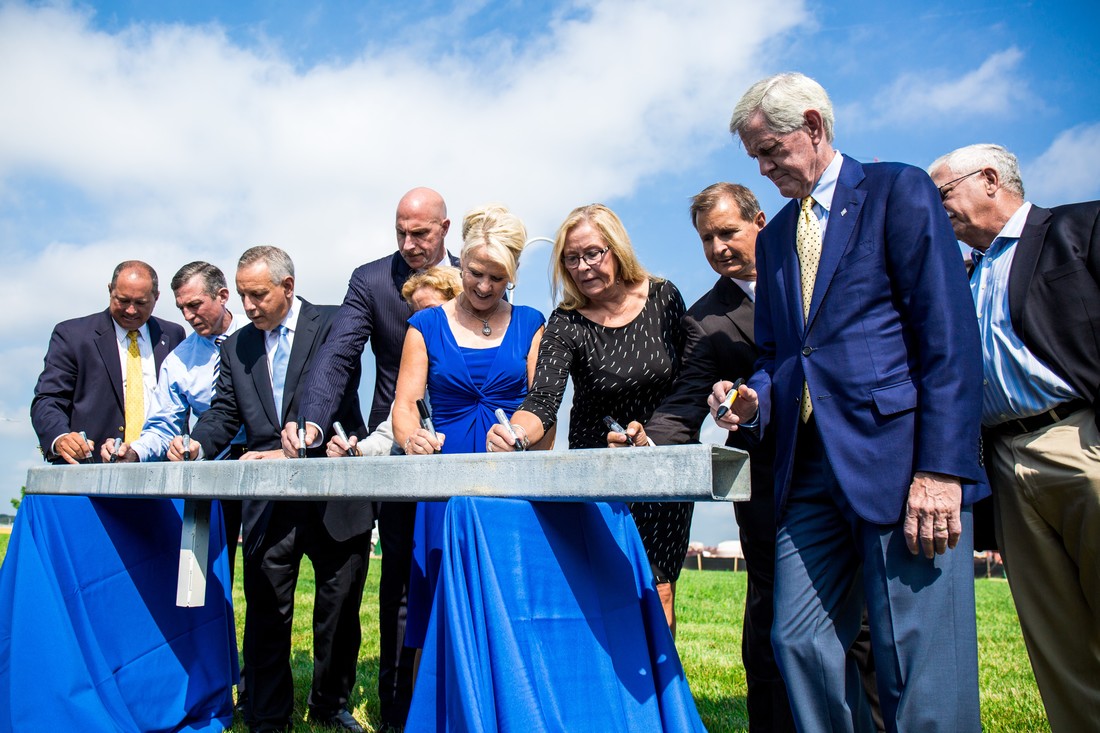

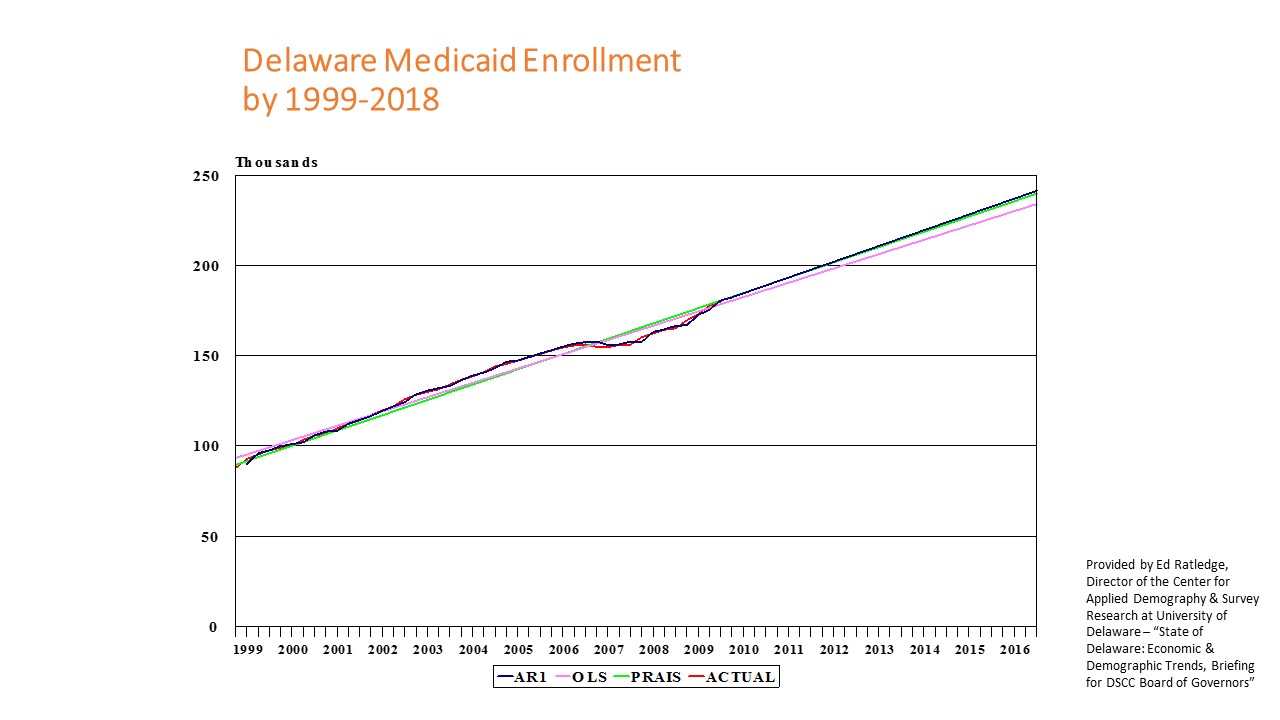
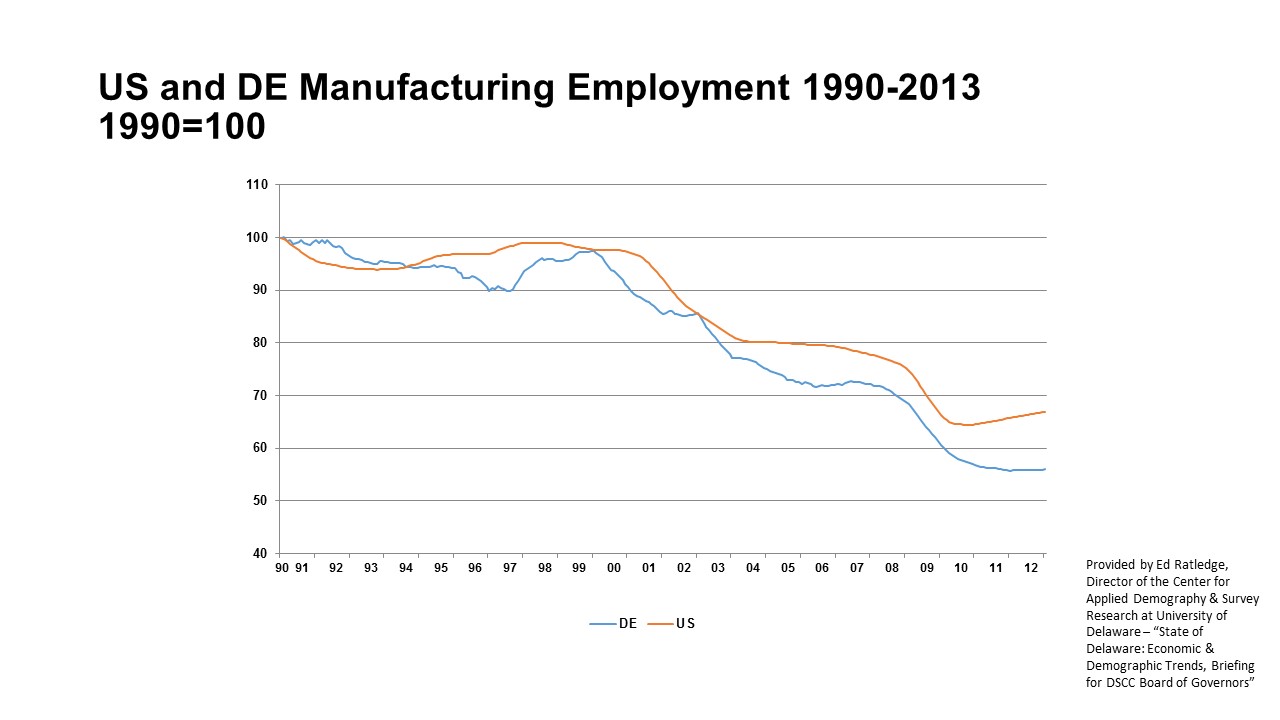
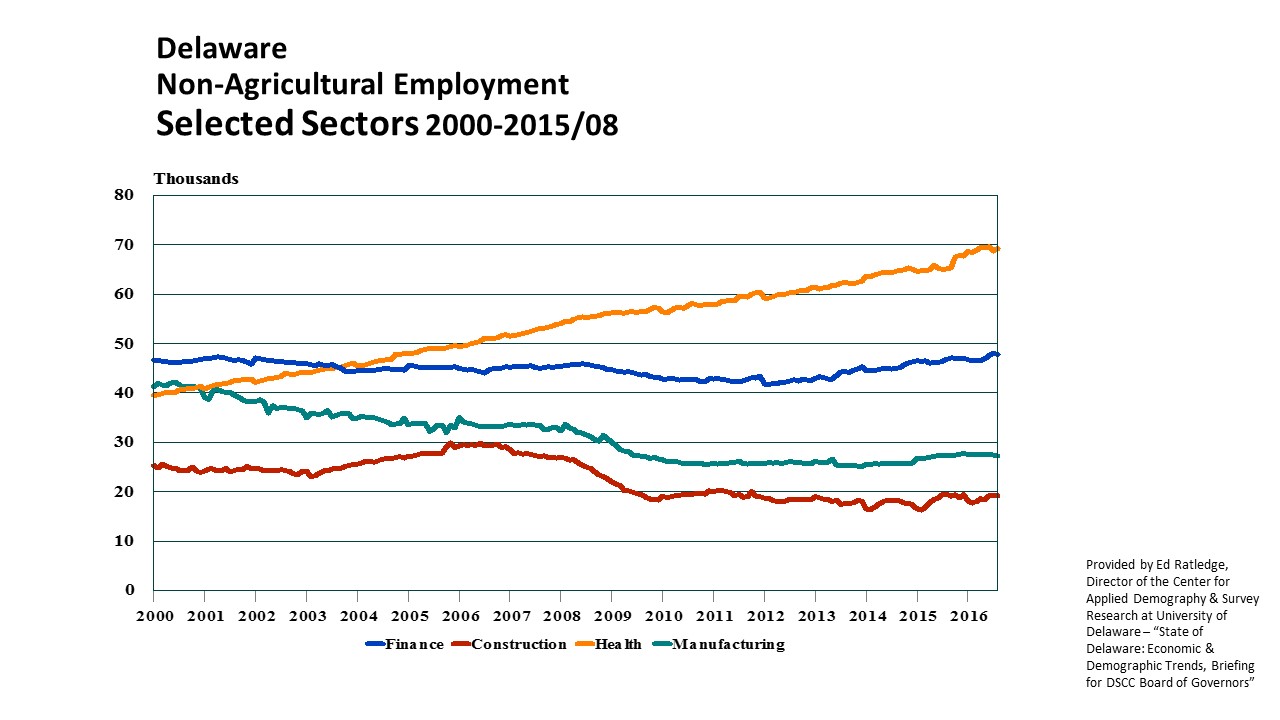
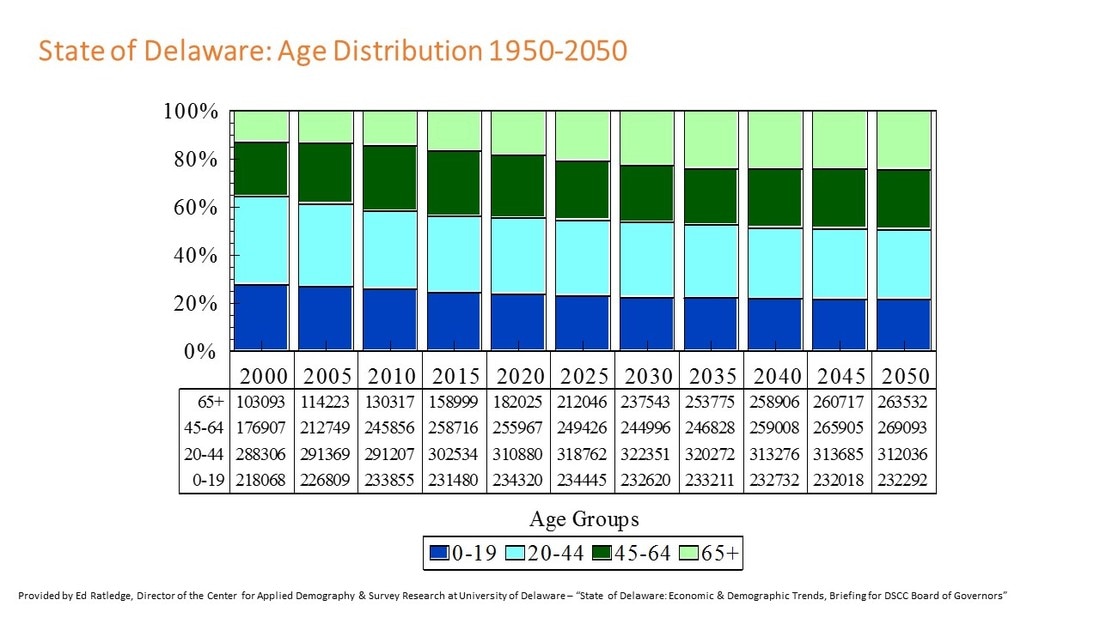
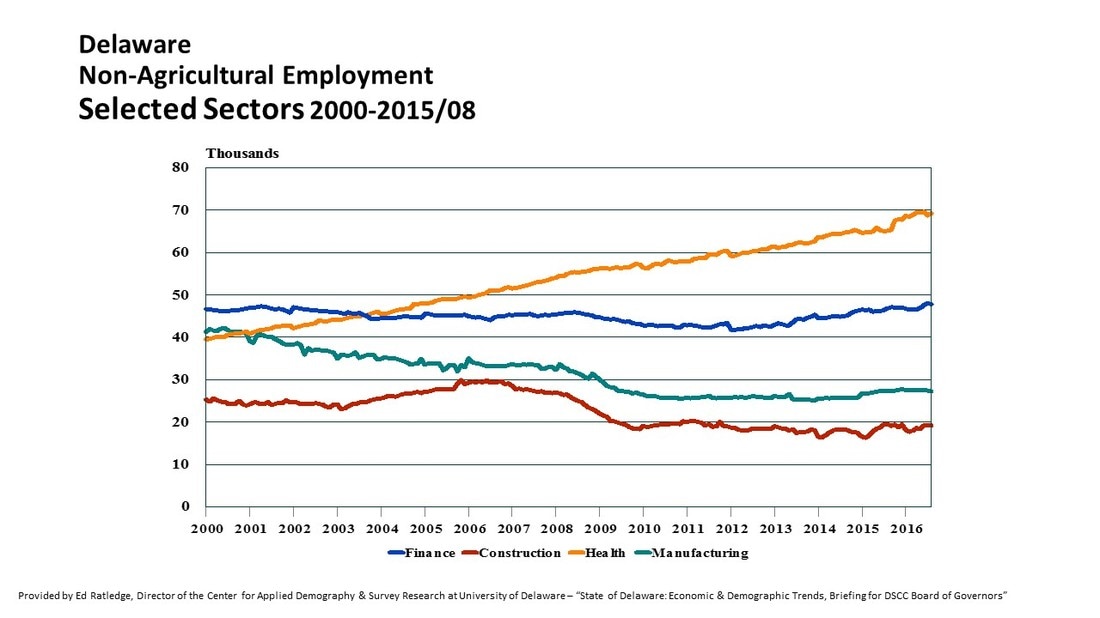
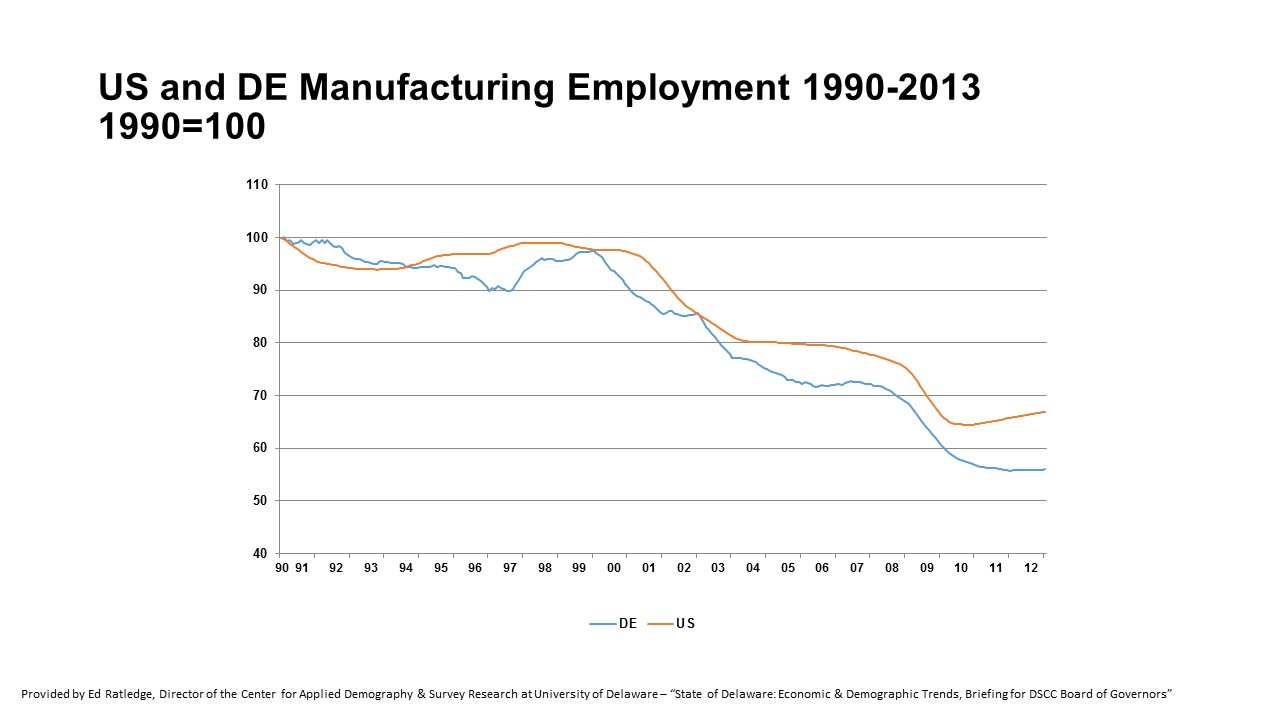
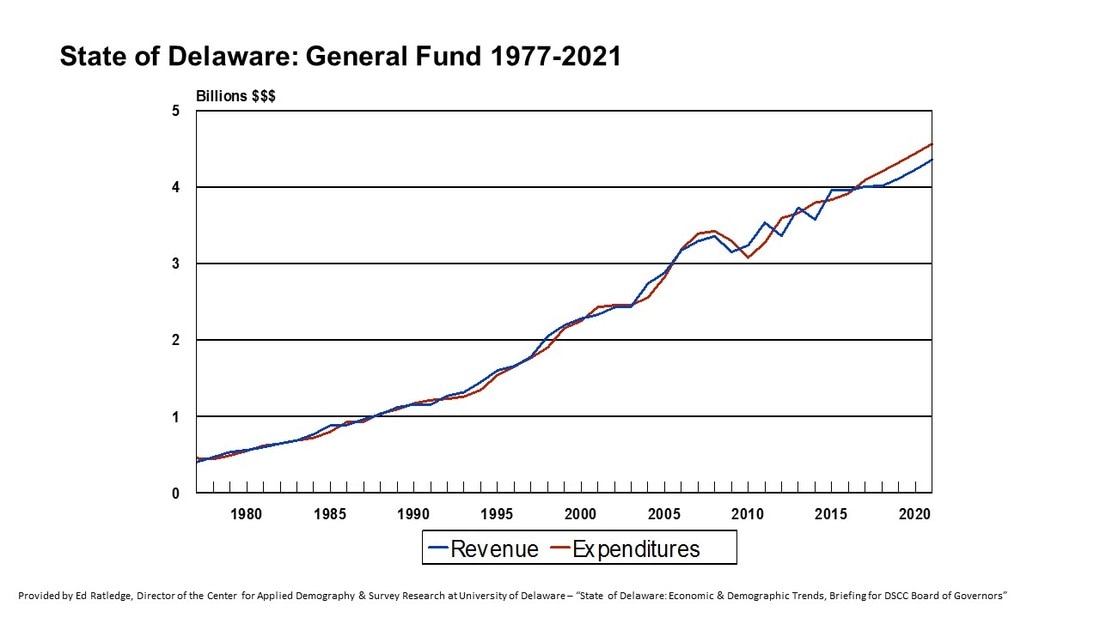
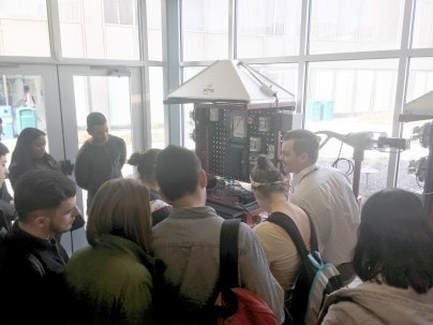
 RSS Feed
RSS Feed